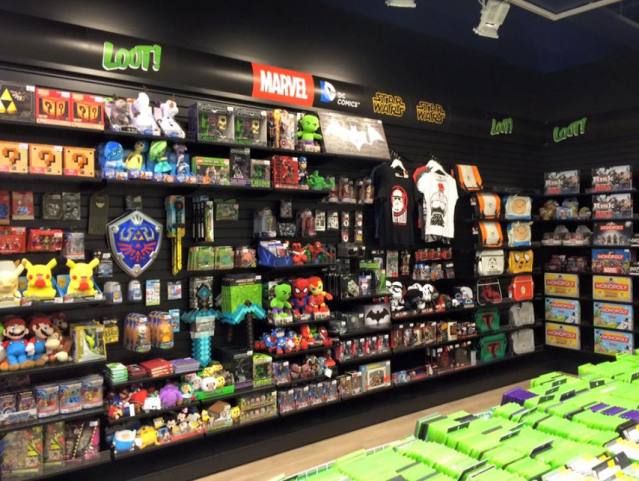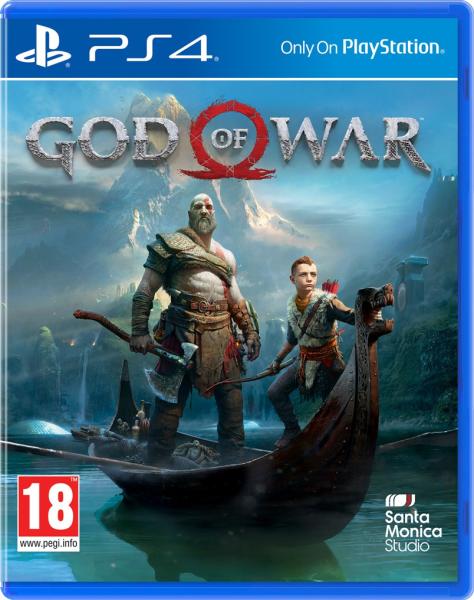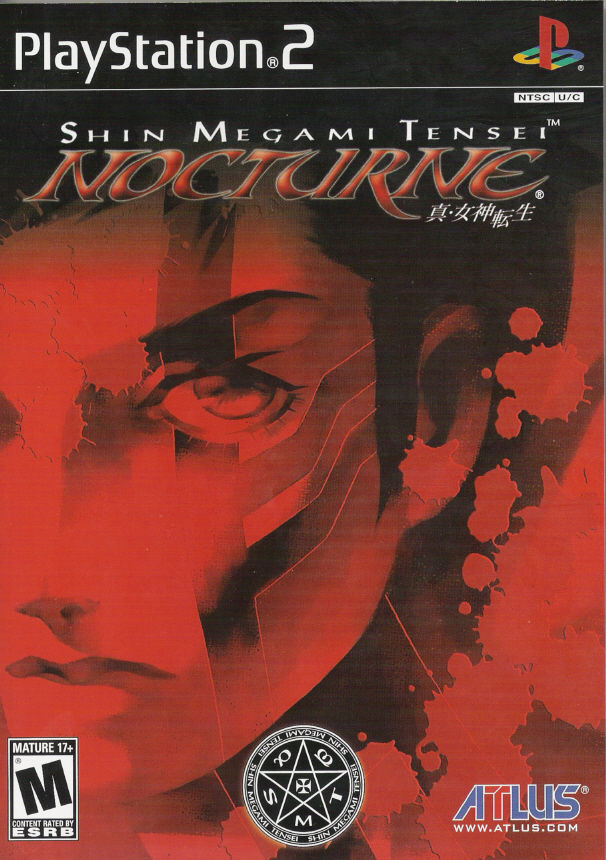
GameStop is an American video game, consumer electronics and wireless services retailer. Although the beginnings of the corporation can be found in Texas, the brand has now become an international one. This also applies to Finland where GameStop currently has over a dozen different and active stores around the country.
Since the field of video games primarily operates in English; it makes sense that the stores selling games were to be primarily English as well regardless of the geographical location.
Even if some of the more high-profile video games do get localized into Finnish, nowadays the covers and names of these games are still in their original language, English.

Another giant in the video game world are the Japanese. Even in those cases the titles usually get translated into English or are at least accompanying the original Japanese title.

This kind of linguistic uniformity in games becomes clear immediately when walking into a GameStop. One indication of this is that even the name of the store is always in English. From the signs and advertisements to the actual products in the stores, almost everything is in English. For example, pop culture products, all the way from novelty mugs and posters to collectible figurines and clothing in the store are displayed in their original English language without even providing a translation into Finnish.

Looking at the primary pieces of merchandise the games themselves also show this intentional internationality. For example, the game in the following picture is in fact aimed at the specific audience where it is sold that being the ‘Nordic Edition’. Even though the game is labeled as such all the text on the case is still in English from the title to the little box of information which explains what this specific Nordic edition includes that assumedly are not available within other versions of the game.

The tag on the game cover is in English informing that customer that the game in question is a recycled game. In other words, the game had been previously purchased by someone else at least once before it was brought into the store in exchange for some store credit. Even if the customer was not aware of what the word means one could assume its meaning based on the reduced price along with the placement of the game in the ‘Go Green!’ bargain bin. The logo used for recycling is also a pretty universal image used around the world diminishing the need for a direct translation into Finnish.

The stores themselves are relatively small and compact so there really is no fear of not being able to find whatever it is that you are looking for, which could become a problem in a larger establishment. While this may come as a surprise to people who are new to gaming and perhaps not as well informed about its conventions, people who are familiar with it would probably not even notice the fact unless it was pointed out to them. This was certainly the case with myself as I hadn’t really paid any attention to this aspect of the gaming culture. It has always felt natural that it is almost? completely in English as that’s just the way that things are, even though other media such films often have a localized title depending on the country. The reason why game names and related products are not localized is perhaps the amount of work that would go into providing each language their own version. It would most likely be a wasted effort. In the end, basically all of the products sold at GameStop are either imported and exported from their country of origin.
Why this is the case could also stem from the fact that, since the majority of Finnish people have at least a rudimentary grasp of the English language, the use of the language in marketing and selling games and related products can be seen as something modern and cutting edge.
By: Kim Ilomäki
